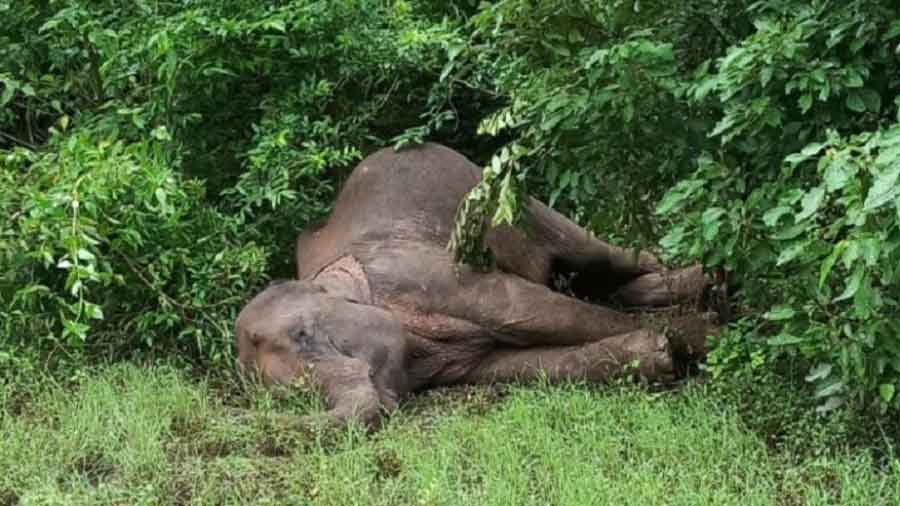The state forest department has confirmed that around mid-March, four elephants were killed by army mortar shelling in and around Mahananda wildlife sanctuary.
The alleged incident occurred during practice firing at Teesta field firing range located around 15km from Siliguri. Three other elephants are reportedly roaming around with injuries.
According to sources, the firing happened on March 13, and the bodies of four elephants were recovered between March 14 and 22. A local resident also got killed during the shelling, they added.
Teesta field firing range is the largest army firing range in north and northeast India and has been in operation since early-1960s.
“Post-mortem has confirmed that four elephants were killed in and around Mahananda forest area around mid-March due to splinter injuries. During our joint meeting, army officials have also accepted that the elephants were killed from their shelling” Bengal forest minister Jyotipriyo Mullick told The Plurals on Saturday evening.
“Army firing practice is definitely important but wildlife is important too. I have intimated through my senior officials that the army cannot undertake such exercise in a restricted forest area. There will be no further shelling till the forest department gives clearance. It is better if the army permanently shifts the training base from the area,” said the minister, adding that discussions are on.
A senior army officer, on condition of anonymity, contradicted the forest minister’s allegation. He, however, indicated that no firing practice was scheduled soon and admitted that “stronger monitoring can be set up”.
“This notified Teesta field firing range is not located within a designated forest area, which has been in operation since the 1960s. We have always maintained a strict protocol of communication to the local administration before any firing session starts. Incidentally, the army has not found any animal carcass within its firing zone,” said the officer, clarifying that the army undertakes target practice and does not fire indiscriminately in the area.
“But we have not received any formal communication from the West Bengal forest department regarding stopping of the firing range.”
State forest sources, however, pointed out that a major portion of the army firing range falls within designated forest area. “There is a three-tier insulation system in place to avoid accidents during such a firing. It is strange how such an incident occurred this time,” said a senior forest official, adding that the forest is conducting an internal inquiry as well as participating in a joint exercise with the army to find out the actual reasons.
Apparently, a herd of around 13 elephants, which were roaming in the zone, got hit by the splinters.
“Local residents found one carcass in Saraswatipur- Five Miles area under Baikunthapur forest division on March 14; two more elephants the next day, one from Targhera area, while another from Seven Miles area of Saruga range within Mahananda wildlife sanctuary. Subsequently, another dead elephant was found on March 22 at a location close to where the first was found,” said Anujit Basu, a local conservation activist with non-profit nature and wildlife association.
Basu explained that the locations from which most of the dead elephants had been found lay hardly 1-2km away from each other.
Incidentally, the Teesta firing range is spread around 12-15km adjoining the banks of Teesta river.
“Recently, 16 wildlife organisations convened a meeting and arrived at a consensus that the army be requested to shift its firing range from this critical wildlife corridor and migration passage; and if that is not possible, then undertake better monitoring, particularly drone surveillance immediately before the firing starts,” said Basu.
“Technologies and communication modes are far improved now. So the army and forest department should ensure maximum safety and security to both wildlife and local people before initiation of a firing schedule” said Animesh Bose, a wildlife expert from north Bengal and a member of the state wildlife advisory committee.
Another activist raised a legal point: “The state forest department cannot shirk its responsibility. it’s strange how it has allowed such firing practice so long in a designated forest area.”
